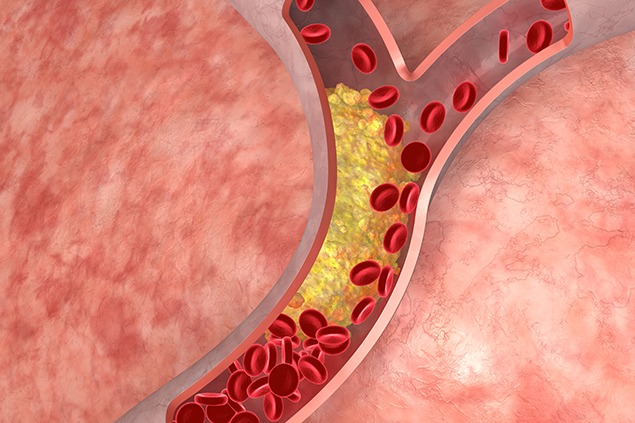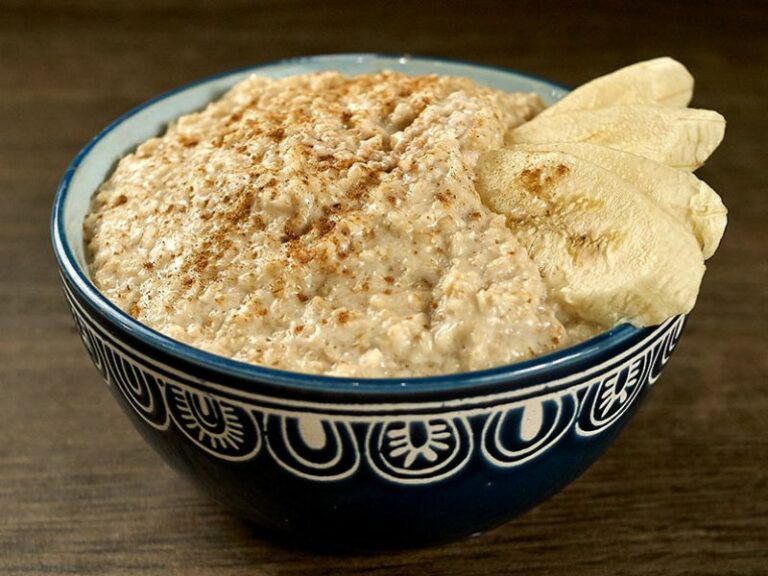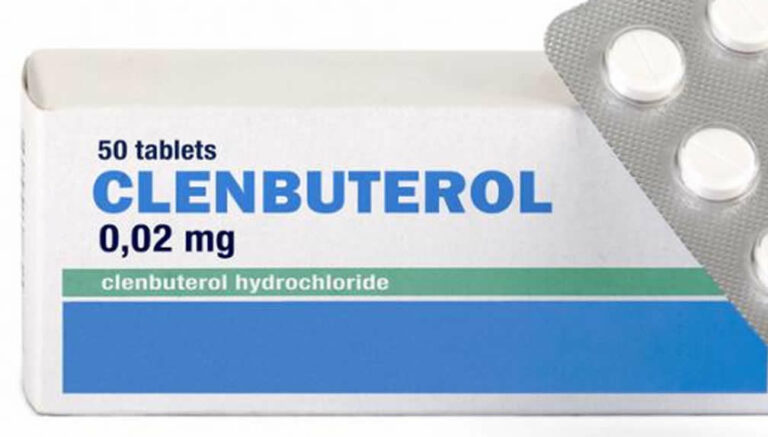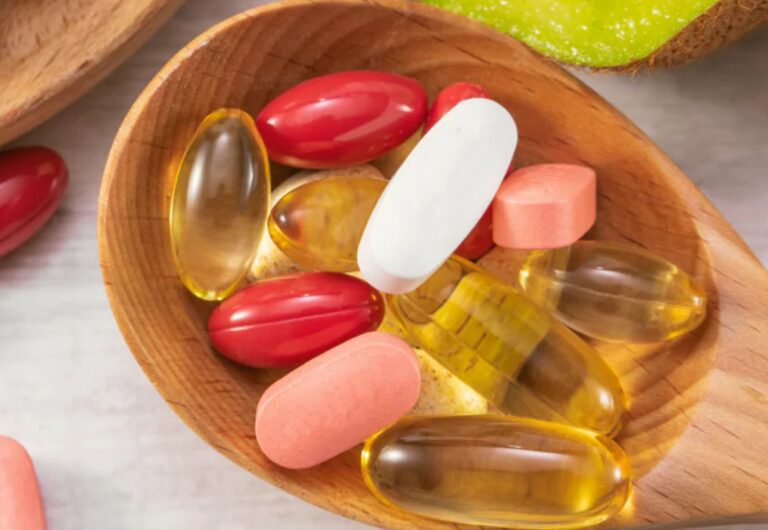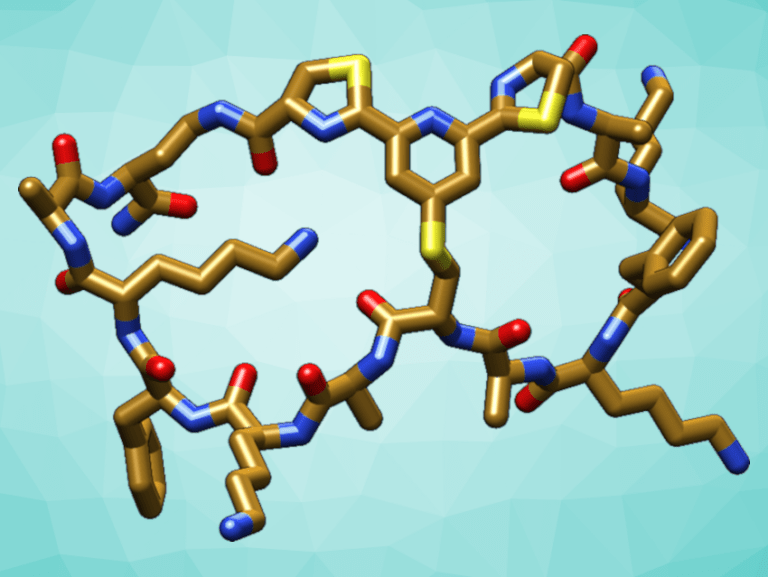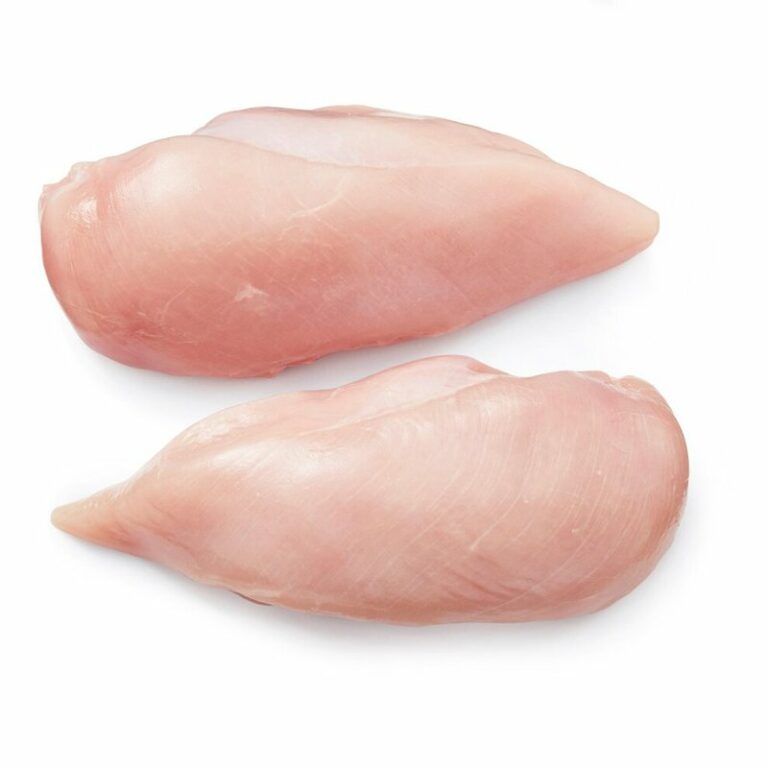Cholesterol Unmasked – The Vital Life Force Turned Villain by Modern Lifestyles
Introduction Cholesterol, the multifaceted element vital to our well-being, is…
Introduction
Cholesterol, the multifaceted element vital to our well-being, is paradoxically also associated with serious health risks. Its role has become more complex in recent times due to changing lifestyles and diets, particularly among athletes and bodybuilders. These groups often require cholesterol-rich foods to fulfill unique nutritional needs, necessitating a nuanced understanding of cholesterol’s role in the body.
The Dual Nature of Cholesterol – Essential Roles and Potential Risks of Cholesterol
- Cell Membrane Integrity: Cholesterol fortifies cell membranes, providing both stability and fluidity, ensuring cells function properly.
- Hormone Synthesis: Acting as a precursor for steroid hormones, cholesterol is vital for growth, development, and maintaining sexual characteristics.
- Vitamin D Production: Essential for bone health, cholesterol plays a crucial part in producing Vitamin D when exposed to sunlight.
- Digestion Aid: By aiding the digestion and absorption of fats, cholesterol ensures the proper utilization of necessary nutrients.
- Brain Function: Cholesterol’s presence in the brain supports cognitive functions, emphasizing its importance in mental health.
Potential Risks of Cholesterol
- LDL Cholesterol (Bad Cholesterol): Elevated levels of this type of cholesterol can clog arteries and increase the risk of heart disease.
- HDL Cholesterol (Good Cholesterol): Conversely, low levels of HDL cholesterol may also contribute to heart disease risk.
- Diet and Lifestyle Factors: Unhealthy eating habits and sedentary lifestyles can elevate LDL cholesterol.
- Genetic Factors: Some individuals possess a genetic predisposition towards high cholesterol, necessitating careful monitoring and management.
- Considerations for Athletes and Bodybuilders: The challenge lies in balancing essential roles and potential risks. The consumption of cholesterol-rich, fatty foods should be carefully managed, especially in conjunction with high levels of simple carbohydrates like sugar.
Dietary Modifications – A Comprehensive Approach
- Reduce Saturated and Trans Fats:
- High-Calorie Diets: Opting for lean cuts of meat allows for essential protein intake while keeping fat consumption low.
- Increase Fiber Intake:
- Why Fiber Matters: Particularly for athletes, fiber is essential as it can lower LDL cholesterol.
- Include Omega-3 Fatty Acids:
- For Athletes and Bodybuilders: Omega-3 supplements can compensate for a shortfall of this essential fat in foods like avocados.
- Incorporate Plant Sterols and Stanols:
- Athlete Consideration: These compounds can be included in high-protein diets to maintain balance.
- Embrace a Heart-Healthy Diet:
- Tailoring for Athletes and Bodybuilders: Mediterranean and DASH diets can be customized to suit typically high-protein needs.
Sympathy for Athletes and Bodybuilders
For athletes and bodybuilders, foods rich in LDL cholesterol, such as whole eggs, are often essential. It’s critical to pay close attention to cholesterol levels since PEDs like Human Growth Hormone, Anavar, and Winstrol can increase cholesterol, emphasizing the need for regular tracking.
Supplements for Cholesterol Management
Supplements including Niacin, Omega-3, Plant Sterols, Psyllium Husk, and Red Yeast Rice may aid in balancing cholesterol levels. Consulting a qualified healthcare professional is essential to determine appropriate quantities.
Foods to Eat Alongside High-Cholesterol Foods
Strategically pairing cholesterol-rich foods with nutrient-dense options is essential for balanced health:
- Fruits and Vegetables (30-40%): Considerations for athletes and bodybuilders to ensure balanced intake.
- Whole Grains (20-25%): Tailored for sustained energy or cutting phases.
- Lean Proteins (15-20%): Balanced for muscle repair or growth needs.
- Healthy Fats (15-20%): Manipulated to meet energy and body composition needs.
- Special Considerations for Athletes and Bodybuilders: Individual tailoring and professional guidance are crucial.
Note: These guidelines are tailored for fit individuals but must be adjusted for specialized athletes like competitive runners or bodybuilders, requiring unique nutritional approaches for specific goals.
Conclusion
Cholesterol management is a nuanced and multifaceted issue, particularly for athletes and bodybuilders. Through understanding the balance of nutrients, strategic supplement usage, and recognizing the interplay between essential roles and potential risks, cholesterol can be transformed from a health menace into a vital aspect of well-being. This comprehensive approach celebrates cholesterol’s inherent importance while addressing its challenges, offering a balanced strategy to support both health and performance.

